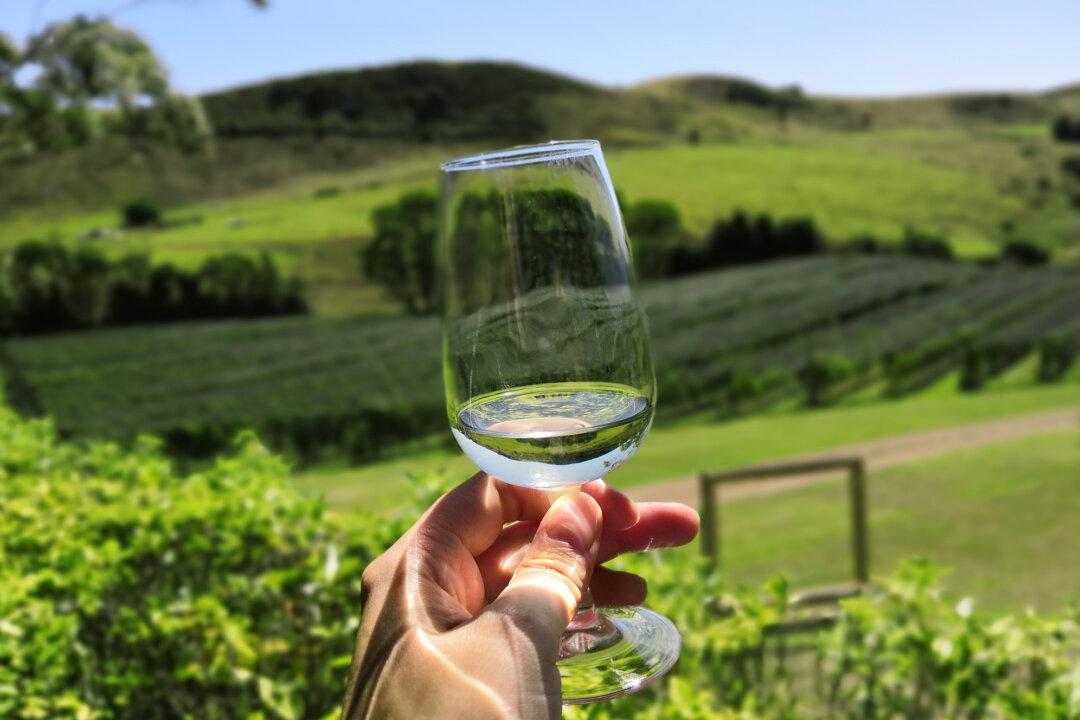You'd think that the 2022 U.S. wine-grape harvest ended months ago, but curiously it’s now harvest time in a small number of northern hemisphere areas with conditions that couldn’t be stranger.
That’s the word out in northern Michigan, which a week ago experienced such cold weather (minus 7 degrees F on Jan. 31!) that any grapes left hanging on vines actually froze, giving winemakers a chance to make extraordinary wines.





